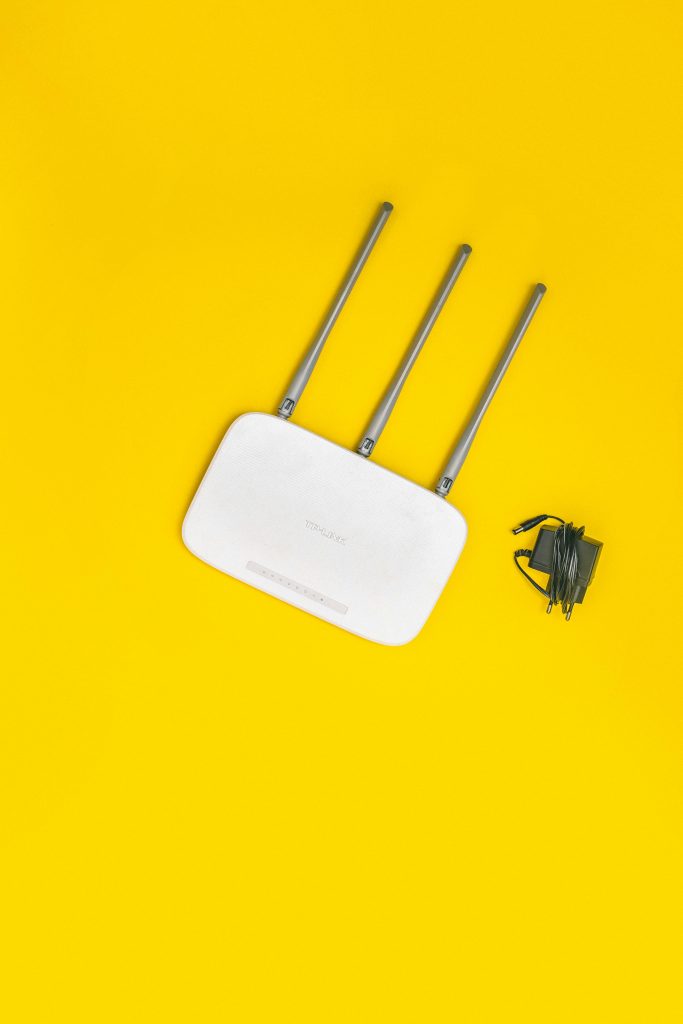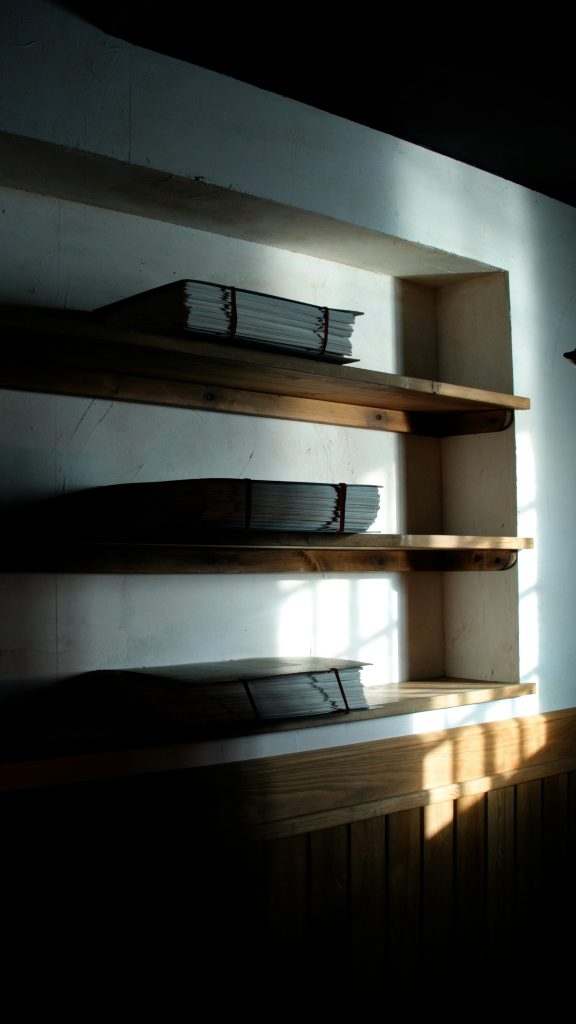Title: Troubleshooting Power Issues: My PC’s Unusual Behavior After a Power Outage
After returning home from a long day at work, I discovered that my house experienced a power outage. As someone who typically keeps their computer running for various tasks, I decided to power it back up. To my surprise, the fans whirred to life, and a red light illuminated on my motherboard, but the system failed to boot normally.
Concerned, I turned off my PC and experimented by toggling the power supply unit (PSU) switch on and off. Thankfully, this did the trick, and my computer started up as expected.
Now, I’ve found myself questioning whether this behavior is normal. In the past, I’ve weathered power outages without encountering boot issues when restarting my system. Could this indicate potential damage to my hardware?
In this post, I aim to explore the implications of power outages on computer systems, share troubleshooting tips for similar scenarios, and offer insights into maintaining your PC’s health. If you’ve faced similar challenges or have advice, I invite you to share your experiences in the comments!
Share this content:




Hi there,
It sounds like your system is experiencing issues related to power stability, which can sometimes cause motherboard or power supply problems. The red LED on your motherboard indicates a hardware concern, often related to power delivery or hardware initialization.
Here are some troubleshooting steps you can follow:
It’s a good practice to use an Un